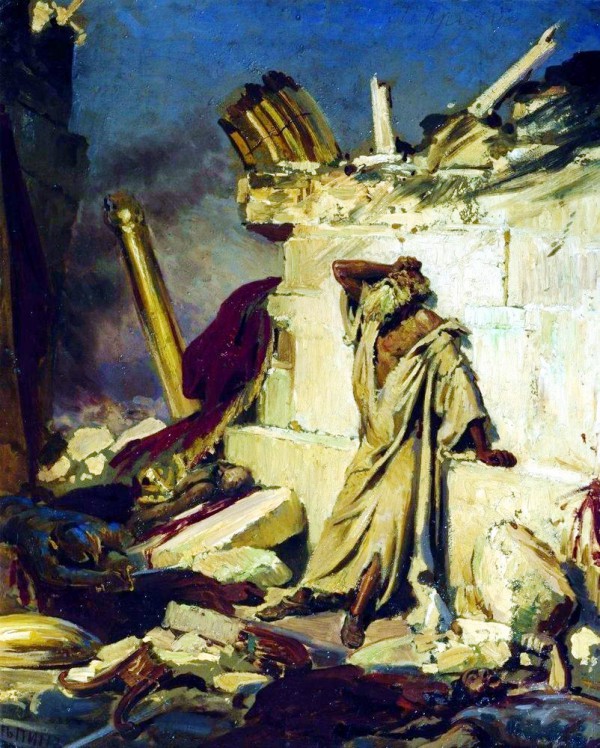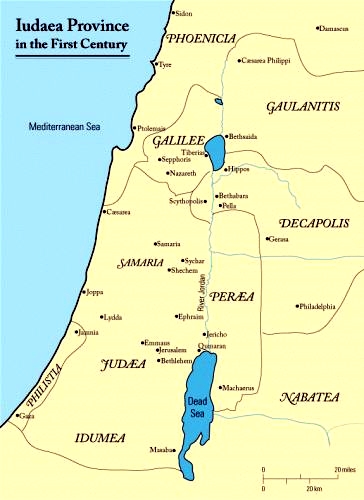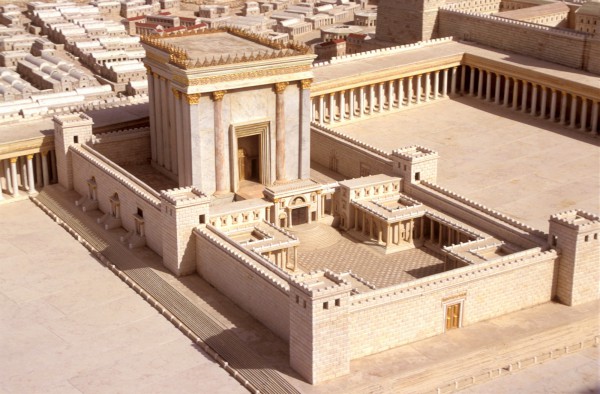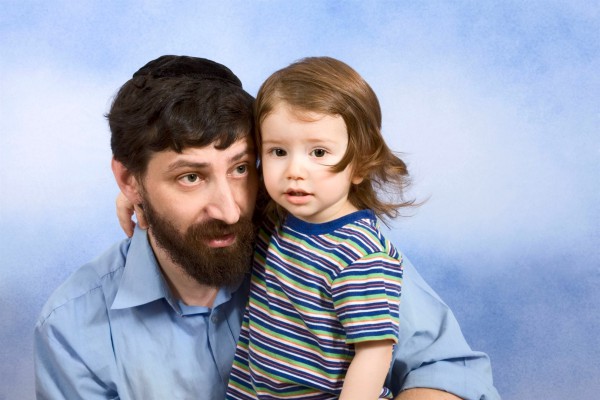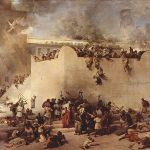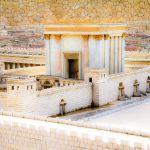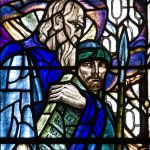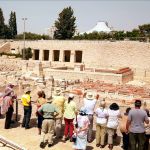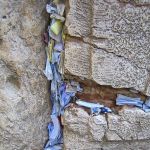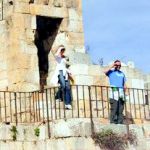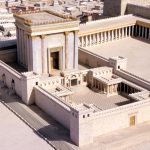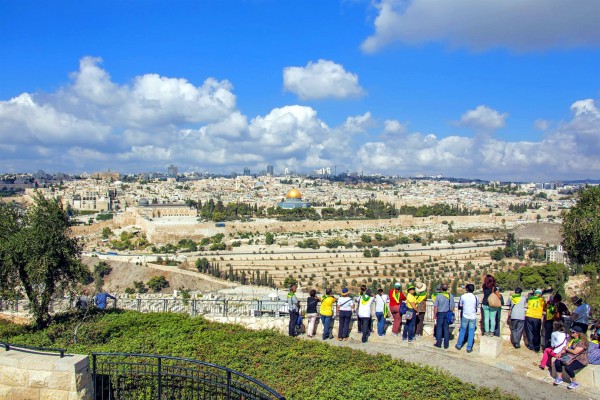
Tourists on the Mount of Olives look toward the Temple Mount where the First and Second Jewish Temples once stood in Jerusalem.
An annual three-week period of mourning the destruction of the Holy Temple and the ongoing exile of the Jewish People begins next week on the 17th of the Hebrew month of Tammuz.
The 17th of Tammuz is a minor fast day known as Tzom Tammuz (Fast of Tammuz), from dawn to dusk, marking the date when the Romans breached the walls of Jerusalem in AD 70.
This mourning period ends on the 9th of Av (Tisha b’Av), the saddest day of the Jewish year, the date when both the First and Second Temples were destroyed.
This three-week period is called “between the straits” (dire straits) based on Lamentations 1:3:
“Judah went into exile because of affliction and great servitude; she settled among the nations, [and] found no rest; all her pursuers overtook her between the boundaries [בֵּ֥ין הַמְּצָרִֽים (ben mitzarim) / between the straits, distress, pain].” (Lamentations 1:3)
The Jewish sages explained that these straits, or מְּצָרִֽים, pronounced mi-tza-rim, represent the fast days of the 17th of Tammuz and the 9th of Av, which bookend the Three Weeks of Affliction.
However, a similar-sounding word: מצרים (mitz-ra-im), Hebrew for Egypt, also recalls the Israelites’ affliction under Pharaoh, giving added meaning to this time.
As well, this 21-day period between the two fast days in Tammuz and Av serves as a mourning period, since it has historically seen a greater degree of misfortune and calamity for the Jewish People, including the breaking of the Tablets of the Law by Moses, the burning of a Sefer Torah by Apostomus during the Second Temple era, the destruction of both Temples, and the expulsion of the Jews from Spain in 1492.
The siege of Jerusalem and the destruction of the Temples during these Three Weeks remain associated with a sense of Divine judgment. Because of that, it prompts Jewish People to avoid possible dangers throughout the period, including visiting dangerous places, flights, and major operations.
The Lead-Up to Destruction
“I called to my allies but they betrayed me. My priests and my elders perished in the city while they searched for food to keep themselves alive. See, Lord, how distressed I am! I am in torment within, and in my heart I am disturbed, for I have been most rebellious. Outside, the sword bereaves; inside, there is only death.” (Lamentations 1:19–20)
At the outset, under Roman occupation, the “affliction and great servitude” God’s people had known were made worse by the prominent idolatry of Rome, which deified and worshiped its emperors. For example, only a few decades before Jerusalem’s destruction, in AD 37–41, Gaius Caesar (Caligula) sought to erect an idol of himself in Solomon’s Temple.
Out of Roman-Jewish religious tensions, the Jewish political party known as the Zealots, of which Yeshua’s apostle Simon Peter was a member (Matthew 10:4), employed violence and anti-taxation protests to shake the yoke of Rome’s invasive rule.
The Romans responded in AD 66 with the execution of 6,000 Jews in Jerusalem and the plundering (but not total destruction) of the Temple.
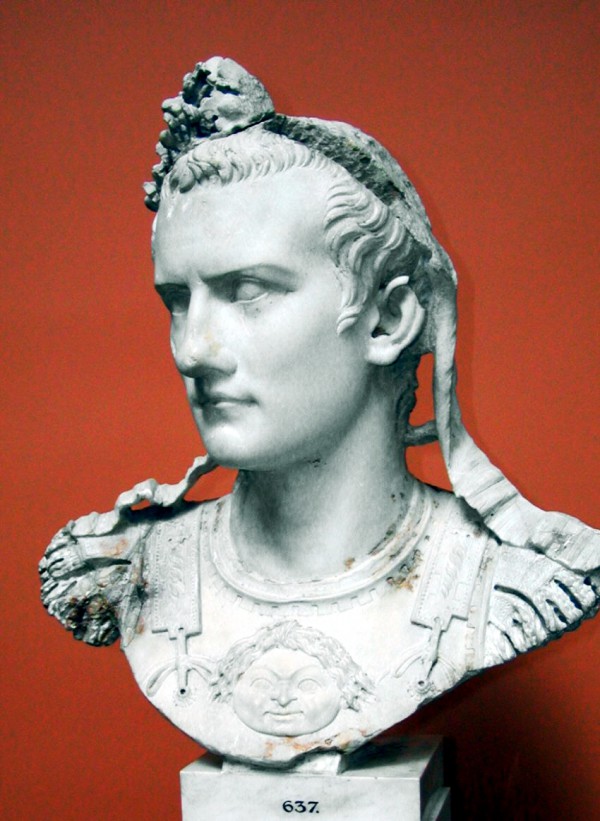
Bust of Gaius Caesar (Caligula): Caligula demanded that a statue of himself be erected in the Jewish Temple of Jerusalem in direct conflict with Jewish monotheism. Because the Jewish faith is firmly rooted in monotheism and leaves no room for the worship of Caligula, he “regarded the Jews with most especial suspicion, as if they were the only persons who cherished wishes opposed to his,” according to Philo.
The conflict fanned the First Jewish-Roman War, or the Great Revolt. On the one side were the Roman legions (including the 30,000-strong Syrian Legion, and on the other were several Jewish factions: the Zealots, as well as the Sadducees, Pharisees, Idumeans, and Sicarii, with volunteers from Adiabene, an ancient Assyrian kingdom, whose rulers converted to Judaism in the first century. (Jewish Encyclopedia)
The revolt saw great infighting among the Jewish factions within Jerusalem, while Rome attacked from without, breaching the first two of Jerusalem’s three walls in early AD 70 and the third wall on the 17th of Tammuz, and then the Antonia Fortress near the Temple.
Titus, the son of then-emperor Vespasian, and commander-in-chief of Rome’s Jewish campaign, led the devastating siege. Following the breach, Titus slaughtered most of Jerusalem’s residents and razed its buildings.
By the 9th of Av, the Romans had reached the Temple and devastated the physical point of contact between Heaven and Earth—the Second Temple.
Yeshua (Jesus) had prophesied this very destruction less than 50 years earlier:
“As Yeshua was leaving the Temple, one of his disciples said to Him, ‘Look, Teacher! What massive stones! What magnificent buildings!’ ‘Do you see all these great buildings?’ replied Yeshua. ‘Not one stone here will be left on another; every one will be thrown down.'” (Mark 13:1–2)
The Practice of Grief
During Shabbat services throughout the Three Weeks, Jewish congregations will read the prophetic Haftarah portions of Scripture from Isaiah and Jeremiah that speak of the Temple’s destruction and the exile of the Jewish nation.
Despite that, on Shabbat, the focus is one of faith and hope.
The Jewish sages state that every Shabbat constitutes a foretaste of the Messianic Era. And on Shabbat the Jewish people are to focus on the positive aspects of this period, noting that the constraints associated with mourning during the Three Weeks are lifted on Shabbat.
Nevertheless, this is a mourning period, so during these 21 days rejoicing decreases, just as it would be if we were mourning a loved one.
Observant Jews will not listen to music or hold weddings and other celebrations. They will also avoid activities that entertain as well as trips that would provoke joy, and they will not shave or cut their hair.
During the first nine days of Av (August 2–10 on this year’s Gregorian calendar), observant Jews will not buy new things that bring joy, plant flowers and trees, or make home improvements. They also will avoid washing clothes or wearing freshly washed clothes, eating meat and drinking wine, and bathing for pleasure (bathing for hygiene in cool water is permitted).
And as Jewish people avoid potential dangers during the Three Weeks, they especially avoid risks during the nine days of Av, including litigation with non-Jews because of the potential disadvantages it might bring.
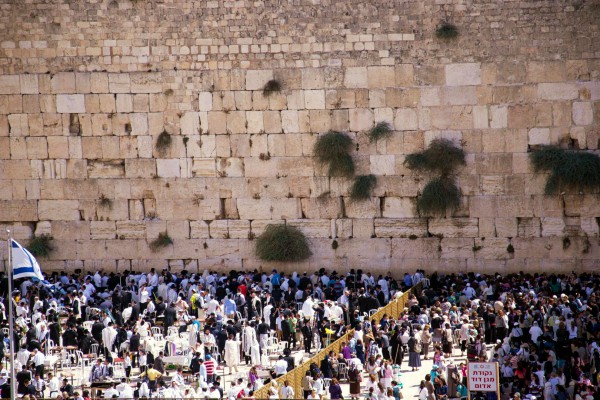
The men’s (left) and women’s (right) sections at the Western (Wailing) Wall in Jerusalem. Jewish people consider this site the holiest accessible site in Judaism. Above it is the Temple Mount, the holiest site in Judaism because on it the First and Second Temples once stood; however, it is not accessible for Jewish prayer.
Waiting for the Messiah
The Chabad website helps us understand how this time prepares us for the coming of Messiah:
“There is more to the Three Weeks than fasting and lamentation.
“Our sages tell us that those who mourn the destruction of Jerusalem will merit seeing it rebuilt with the coming of Moshiach [Messiah].
“May that day come soon, and then all the mournful dates on the calendar will be transformed into days of tremendous joy and happiness.”
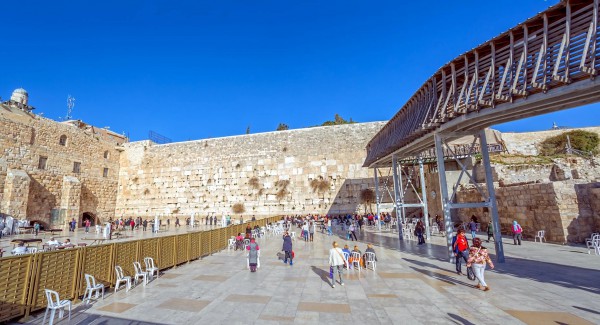
The raised temporary structure on the right side of this photo of the Western Wall Plaza is the Mugrabi Bridge, the only access point for Jews and Christians to the Temple Mount.
The Reason for Our Punishment
“Hear this word, people of Israel, the word the Lord has spoken against you—against the whole family I brought up out of Egypt: ‘You only have I chosen of all the families of the earth; therefore I will punish you for all your sins.'” (Amos 3:1–2)
The Three Weeks inspire great thought about the individual and national shortcomings that led, and have led, Adonai to punish the nation.
Rabbi Yehudah Prero recalls the stories in the Talmud of Rabbi Yochanan ben Zakkai, who saw the destruction of the Temple and the devastation to its inhabitants: “Yochanan knew that such a terrible tragedy could only occur through the hand of G-d. Knowing that G-d is nearby can and should be a source of comfort during times of pain.”
Prero continues, “Pain and suffering are not the result of G-d deserting us. … The punishment of a parent is to be out of love for the child, and should pain the parent as much as it pains the child. Although the child suffers, if he or she recognized that this punishment was done out of love, there is some comfort.” (Project Genesis)
Prero also re-asserts rabbinic sentiment that Israel’s lot is not intended to be a state of mediocrity but of completion. Therefore, it can experience “fantastic heights” as in the rebirth of the nation or a “horrendous downfall” as in the destruction of both Temples.
Indeed, the Fast of Tammuz falls 40 days after the Feast of Shavuot (Pentecost) when it is believed that Moses received the Ten Commandments on Mount Sinai. Like other 40-day periods in the Bible, this one closes with the opportunity to bring forth a new creation.
“We have an opportunity to strengthen our relationship with G-d. We have an opportunity to start our climb to greatness,” Prero writes.
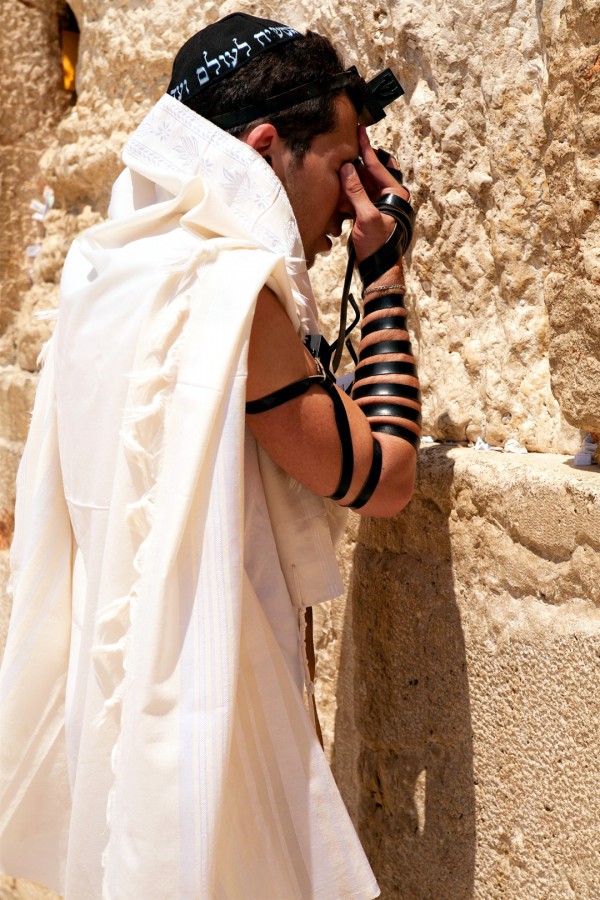
A Jewish man prays at the Wailing (Wailing) Wall in the Old City of Jerusalem wearing a tallit (prayer shawl), a kippah (head covering), and tefillin (phylacteries). (Israeli Ministry of Tourism photo by Noam Chen)
These 21 days, therefore, compel the Jewish nation to seek and return to the God of Israel and to His calling, even as the prophet Isaiah announced:
“Your people will rebuild the ancient ruins and will raise up the age-old foundations; you will be called Repairer of Broken Walls, Restorer of Streets with Dwellings.” (Isaiah 58:12)
The mournful meditations of the Jewish nation during the Three Weeks allow for deeper soul-searching and teshuvah (repentance).
With this teshuvah is the knowledge that God longs to revive the Jewish People.
“This is what the high and exalted One says—He who lives forever, whose name is holy: ‘I live in a high and holy place, but also with the one who is contrite and lowly in spirit, to revive the spirit of the lowly and to revive the heart of the contrite. I will not accuse them forever, nor will I always be angry, for then they would faint away because of Me—the very people I have created.'” (Isaiah 57:15–16)




